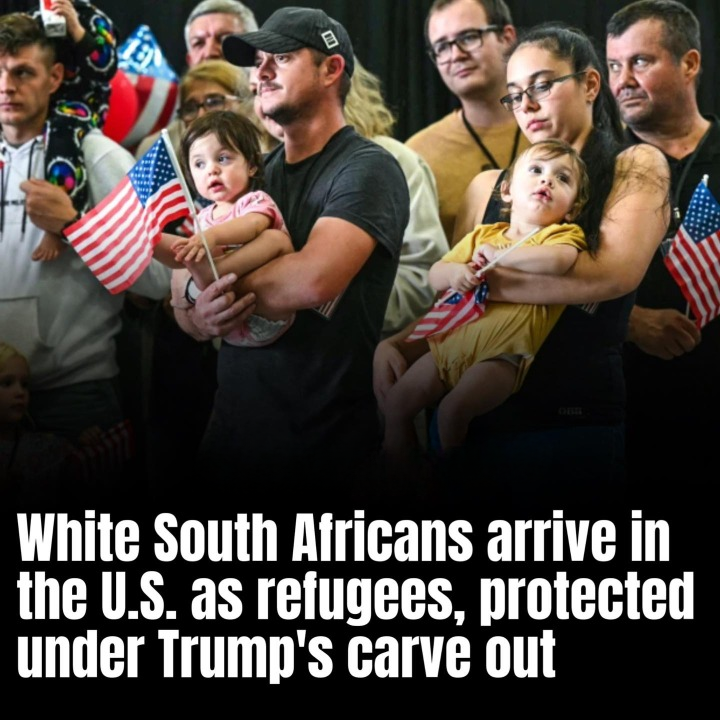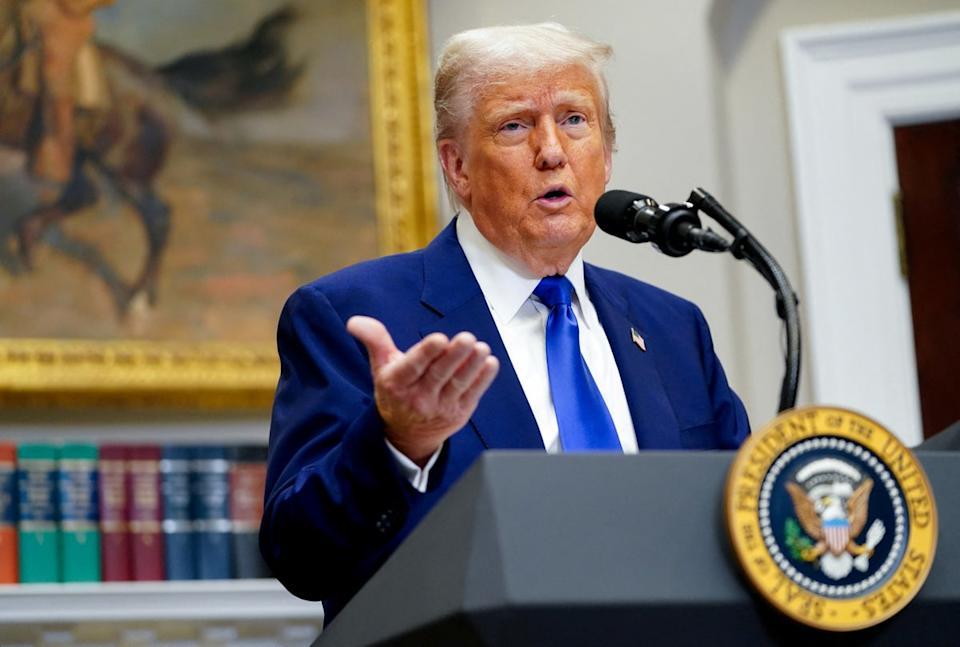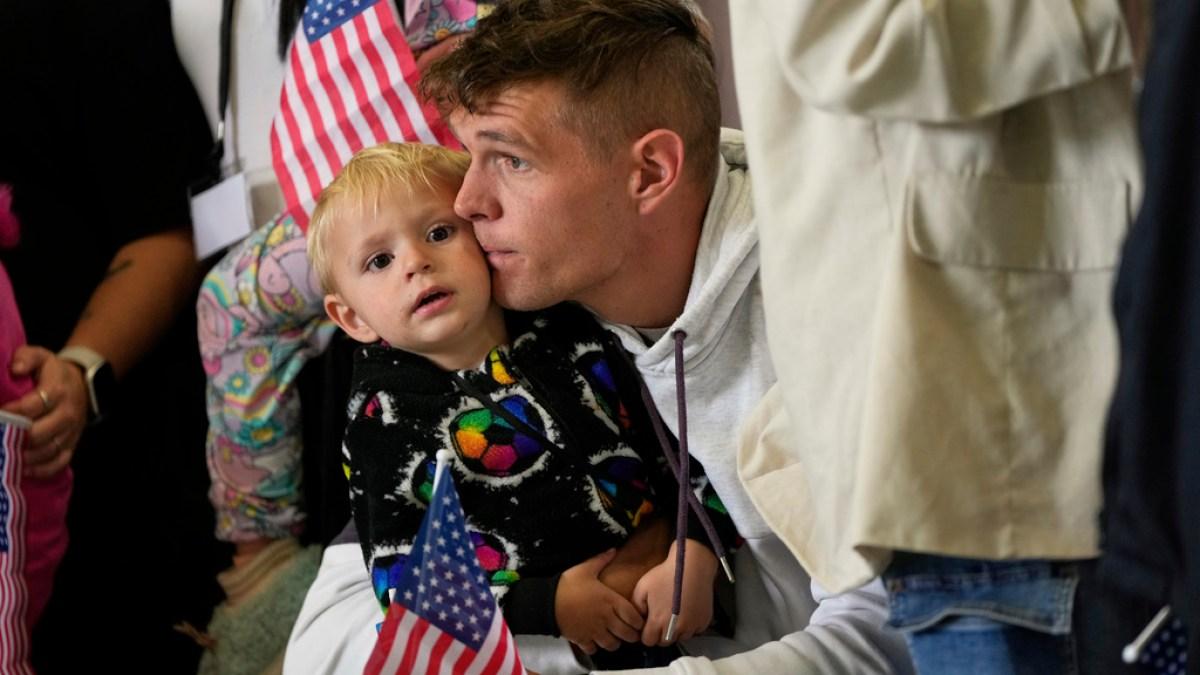White South Africans Arrive in the U.S. as Refugees, Protected Under Trump’s Carve-Out

In a controversial development, a group of white South Africans has arrived in the United States under a special refugee status program established during the Trump administration. This move has sparked debate over U.S. immigration policies and the definition of asylum, as well as the broader issue of racial identity in the global refugee system.

Under the Trump-era carve-out, which specifically aimed to offer protection to white South Africans who faced alleged persecution in their home country, the refugees will be able to stay in the U.S. and enjoy protections typically reserved for those fleeing violence, war, or systemic oppression. This program, which was introduced as part of broader immigration policies, has garnered mixed reactions from various sectors, with some viewing it as a necessary safeguard against persecution and others criticizing it as an exploitation of refugee provisions.

Background: The Trump Carve-Out

The decision to extend refugee protections to white South Africans came after former President Donald Trump highlighted concerns over what he described as “farm attacks” in South Africa. Trump claimed that white farmers were being targeted in violent attacks by black South Africans, a narrative that was widely circulated in certain media outlets. Although the situation regarding farm violence is complex and multi-faceted, Trump’s administration pushed for a special immigration status to assist those who were allegedly at risk due to their race.
Trump’s rhetoric around race and immigration throughout his presidency often stirred controversy, and the refugee carve-out for white South Africans was no exception. Critics argued that this policy ignored the broader context of racial dynamics in South Africa, where the majority of the population, black South Africans, continue to face systemic disadvantages rooted in the country’s apartheid past.
The Arrival in the U.S.
Recently, a group of white South Africans who were granted special refugee status under this program have arrived in the U.S. These individuals will receive the same protections as other refugees, which includes temporary residency and the right to work, before potentially applying for permanent residency or citizenship. This marks the first tangible implementation of the Trump-era carve-out for South African refugees, and the arrivals have ignited discussions about the fairness of such measures.
Supporters of the policy argue that it is a humanitarian gesture aimed at protecting individuals who face genuine threats in South Africa. They point to the high-profile cases of farm attacks and the alleged discrimination faced by white South Africans, especially in rural areas where violence against farmers has been reported.
However, many critics see the move as politically motivated, with some suggesting that the Trump administration’s focus on white South Africans ignored the broader struggles of other racial and ethnic groups facing persecution both in South Africa and around the world. Furthermore, they argue that the focus on racial identity in granting refugee status could undermine the integrity of asylum laws and international refugee protections.
Controversial Reactions
The arrival of white South African refugees has been met with polarized reactions. On one side, supporters of the policy argue that it is important to acknowledge all forms of persecution, regardless of the racial background of the victims. They believe that the U.S. should offer sanctuary to those in need, irrespective of their race or nationality, as part of a broader commitment to humanitarian principles.
On the other hand, critics have highlighted that the Trump-era carve-out is inconsistent with the broader refugee framework, which prioritizes people fleeing war, persecution, and violence based on ethnic, religious, or political grounds. Some have questioned why the U.S. would prioritize white South Africans when many other refugee populations, such as those from African, Middle Eastern, and Latin American countries, are facing their own dire circumstances but have not received similar attention.
The Future of U.S. Refugee Policy
The situation raises important questions about the future of U.S. refugee policy under the Biden administration. While President Biden has sought to reverse many of Trump’s immigration policies, the issue of refugee admissions and protections remains a complex one. The Biden administration has already made moves to raise the refugee cap and reestablish humanitarian programs, but it remains to be seen whether it will continue or revise Trump-era carve-outs like the one for white South Africans.
Ultimately, the arrival of white South Africans as refugees underscores the complexities of race, immigration, and asylum in U.S. policy. As debates continue over the fairness and intent of such programs, the case of South African refugees will likely remain a point of contention in discussions about global migration and human rights.
Conclusion
The arrival of white South Africans under the Trump-era refugee carve-out highlights the tensions surrounding race, immigration, and asylum in the United States. While some view this as a necessary humanitarian gesture, others argue that it politicizes refugee policy and undermines the principles of asylum protection. As the U.S. navigates its post-Trump immigration landscape, the future of such policies will continue to spark debate and shape the country’s approach to global refugee crises.





